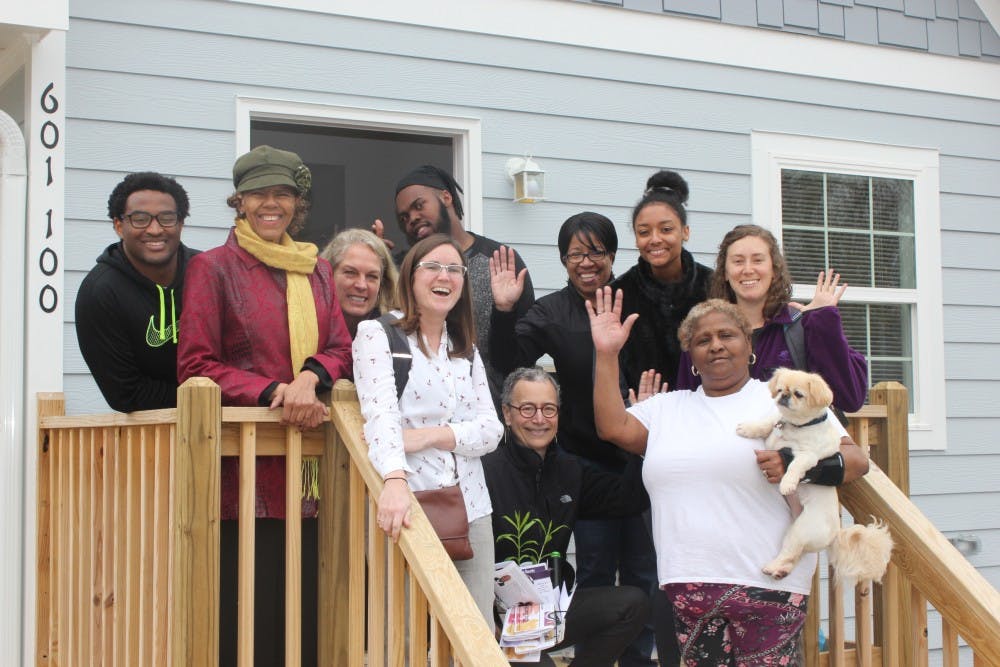The OC Voice is a portion of the OC Report newsletter where local residents may have a platform to talk about local issues they care about. Andrea Wuerth and George Barrett from the Marian Cheek Jackson Center discuss the resilience of the neighborhoods they serve and honor, and why it's important for UNC students to get involved.
The Marian Cheek Jackson Center is a hub of creative community action. The center works to honor, renew and build community in Northside, Pine Knolls and Tin-Top, three historically-Black neighborhoods bordering the University and downtowns of Chapel Hill and Carrboro.
Our work builds on the history and hard-won rights of Northside residents through three primary strategies: Organizing and Advocacy, Youth and Education and, most importantly, Celebration and Connection. Led by neighborhood residents, thousands of young people across the district are educated on local civil rights history. Over 100 long-term neighbors are able to stay in their homes by receiving home repairs and partial relief from their skyrocketing property taxes. Dozens of new families live close, connected and proud in affordable housing properties.
For the past five years, George Barrett, associate director and UNC alum, has mobilized thousands of UNC students in working with long-term residents to achieve shared community goals. Students serve alongside residents to alleviate food insecurity, to sustain community journalism, to organize in response to housing development in and adjacent to the community and to ensure that community oral history is preserved in the community’s voice and on the community’s terms.
Intergenerational relationships, built over multiple months and years of sustained engagement, is at the core of the MCJC service experience. In a recent narrative reflection, George described the dynamic learning that comes from being an active member of the community, something students must experience outside of the classroom:
I learn and relearn, day after day, how to be in a relationship with the intergenerational and multicultural community of Northside. I realized Northside existed during my senior year at UNC. Until then, most of my learning had taken place in what so many of the students with whom I now work call a bubble of UNC campus, Franklin Street included.
The bubble is thick and mobile. You can take it to your apartment off campus. You can take it to any major city that has a community of Tar Heel alumni. You can even take it to the office of a future employer. This can make it challenging as a student to see the neighborhoods bordering campus, let alone Northside, as anything but an extension of campus.
Thankfully, five years of bubble-popping for myself and with other students has made me feel more and more like a Northside Neighbor. I’ve had the privilege to facilitate similar journeys for now thousands of UNC undergraduate, graduate and professional students, who have in turn participated in thousands of hours of direct engagement with local leaders.
In Northside, a year of service may look like this: a first-year biology major learns about Northside through a guest lecture in her first year seminar in the Communication Department. She chooses to join the MCJC Food Security Team, doing 30 hours of direct service at the St. Joseph C.M.E. food ministry, Heavenly Groceries/Comida Celestial.




